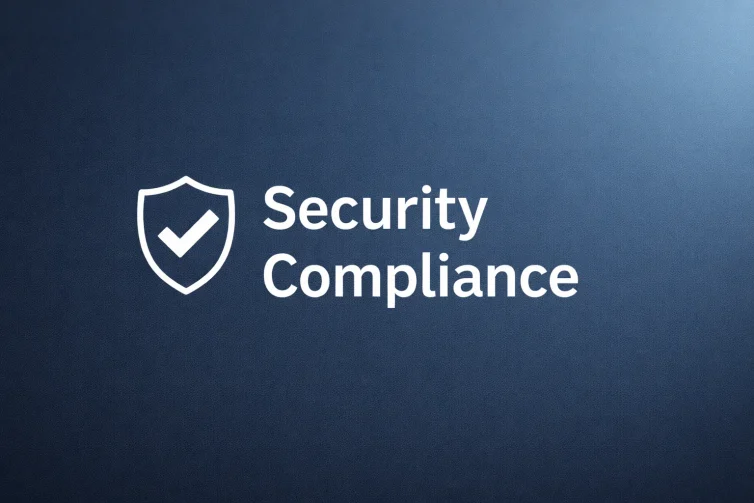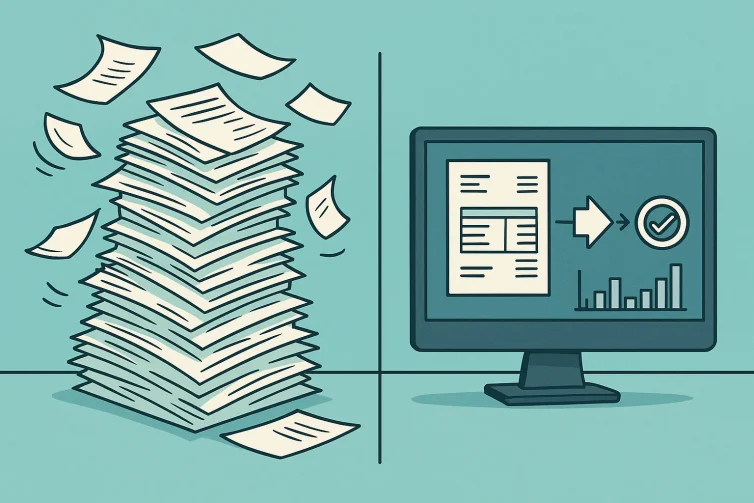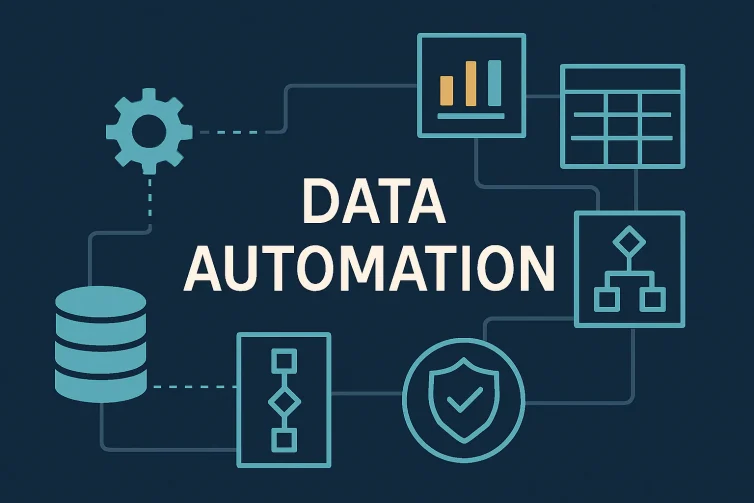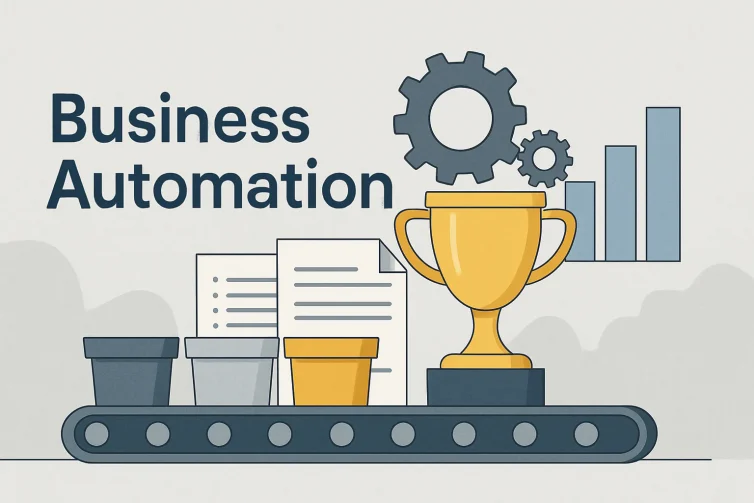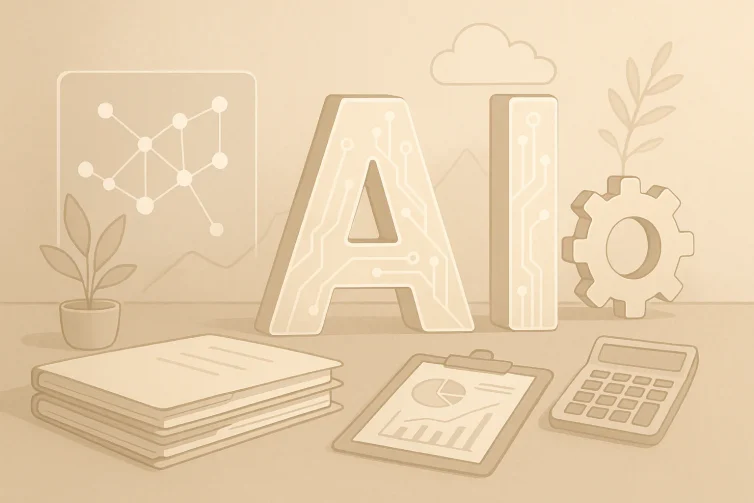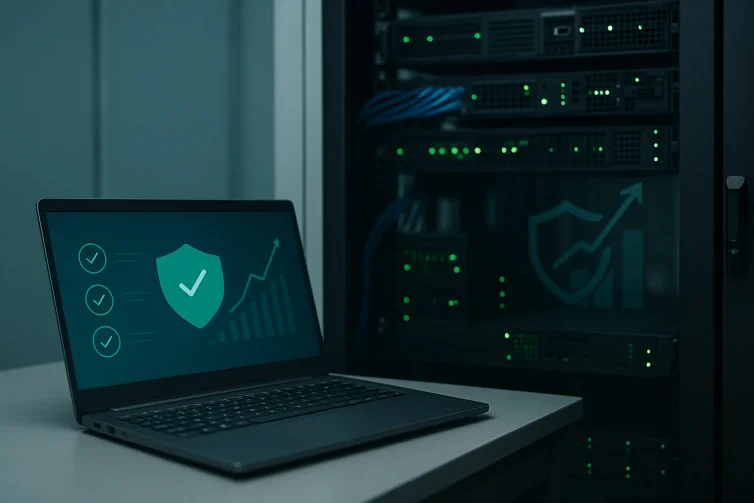Security compliance for SMBs explained. Learn how to manage controls, evidence, and compliance standards without overcomplicating operations.
Learn what regulatory compliance means for manufacturers, why it matters, and how structured processes support quality, audits, and production goals.
A clear guide to compliance standards and the security controls organizations need to protect data, reduce risk, and stay aligned with requirements.
Learn how an invoice automation solution streamlines data capture, approval routing, and financial workflows. A practical guide for small and midsize businesses.
Learn how manufacturing automation with AI helps your plant reduce downtime, clean up data, and improve visibility without new machines, with support from EZ Micro.
Learn how data automation tools for small businesses reduce manual work, cut errors, and fit into managed IT, backup, and security with EZ Micro.
Streamline workflows, cut busywork, and improve accuracy with business automation services from EZ Micro. Tailored solutions for SMBs across the U.S.
Learn where automation pays off first. See the best first workflows and the metrics that prove results.
Plan 2026 with AI Business Solutions to cut costs, speed workflows, and boost revenue. Explore 7 use cases, ROI ranges, and vendor picks.
IT strategy consulting for SMBs in the Lehigh Valley. Roadmaps, Microsoft 365 governance, security training, and tested backup and recovery by EZ Micro.
Learn how cyber insurance protects your business from data breaches and ransomware, and how EZ Micro helps strengthen cybersecurity.
Stay cybersecure with EZ Micro. MFA, training, email and network security, and reliable backups for SMBs in the Lehigh Valley.

